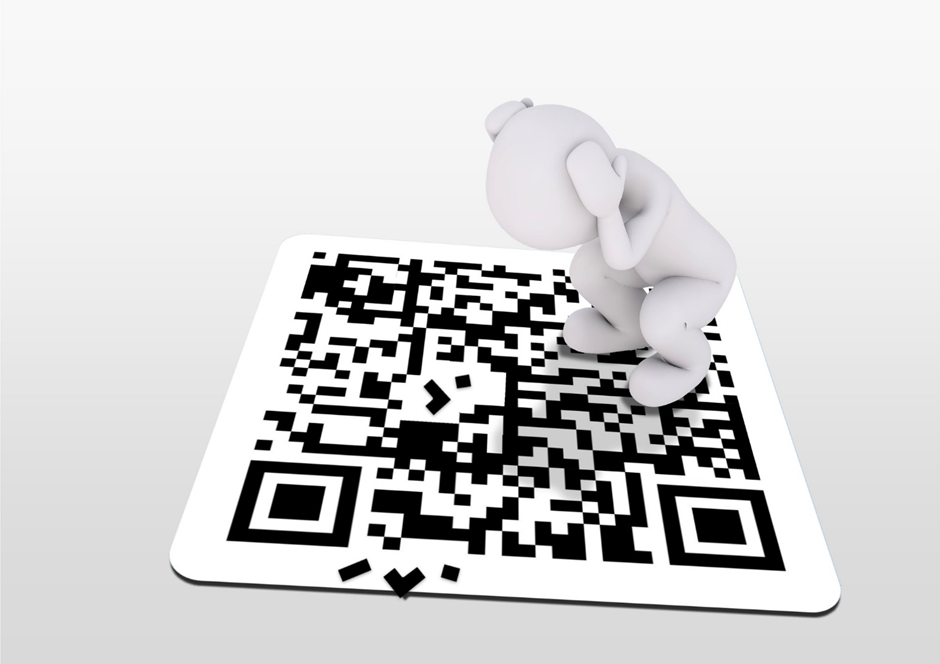Scan me, please and thank you: What quick response (QR) code?
I’ve lost count of the number of times I struggle with scanning a quick response code (QR) code, particularly when I am (physically present) at a public place. The other day, I was at a private hospital as a first-time patient. Unfortunately, like in most cases, I didn’t get to scan it right – the first time. Three tries later, I still had no luck. You could also scan QR codes using your phone camera, but well, I haven’t found any success using it.
Somewhere in 2020, I remember getting annoyed at the sight of the box of pixels that will, by right, lead you to the (official) website of the company that made the technology that gives me a certain level of comfort on my undergarment. Like okay, what do I have to do?
But then all that anxiety and confusion over QR codes was eased the minute I spotted them in one of my textbooks used in one of the foreign language classes (I’m attending at present). At the sign of a classmate’s hint, I realised that I needed a separate barcode/QR code scanner/reader app. Once that’s downloaded (apparently there’s a trick for iPhones, this seems to apply to Android users), you can quite quickly scan the relevant QR code and it will lead you to the webpage you need instantly, to get what you want. In my case, audio files to fill in an exercise (given in the textbook). Going a step further, this makes me more interested in revising and looking back at what was taught in class at a later time.
It’s worth pointing out though that probably the only time I find QR codes convenient is whenever I’ve to share a file over messaging apps, and when I’ve the file somewhere else -like the laptop or the desktop.
Like it or not, the QR code is nearly everywhere. From food stalls, to use for event registration, and even on dollar notes of some countries. From this, it can be said that QR codes have their plus points and drawbacks.
QR codes:-
Reduce the need for lengthy URLs
Can make a customer’s/student’s experience more interactive
Ease file transfer and sharing
Enable users to work across (smart) devices
Can be poorly designed/generated
Can be anxiety-causing
Necessitate the use of a smart device, which not everyone can afford
Usually need some form of competency to understand
Were originally designed for the automotive industry by the Japanese, inspired by the colours of a certain board game
Privacy and data protection issues have been discussed at length, as crucial elements like access to one’s camera and location remain tricky considerations. Like, how much of your data would be shared with the app? Every time a certain app asks me for permission to share my data/allow access to my camera, especially when I’ve to link a device, I pause and think. Hmm, but in the end, I’ll always click yes, or tick the relevant boxes, to indicate -permission granted.
One day, I might learn to generate my own QR code. Yup, there are courses for beginners/newbies.









Showing 0 comments